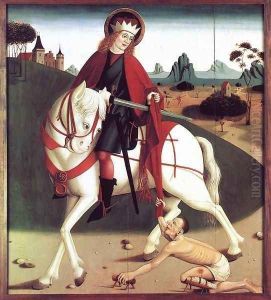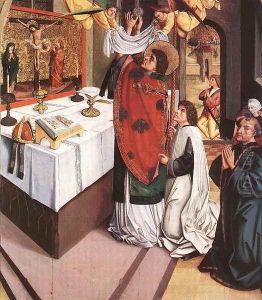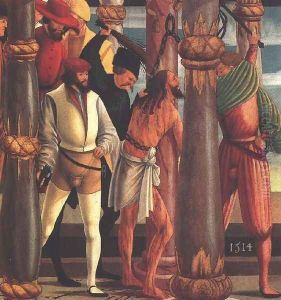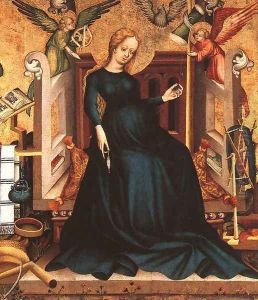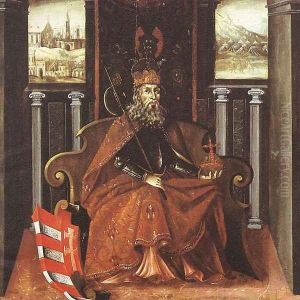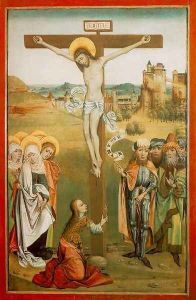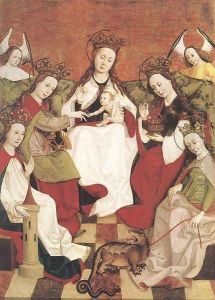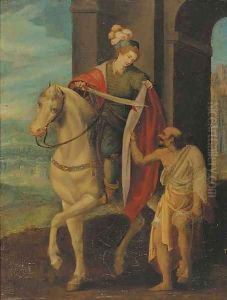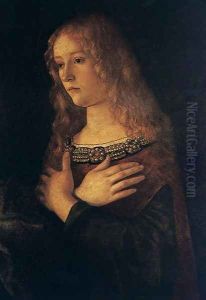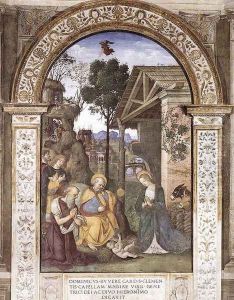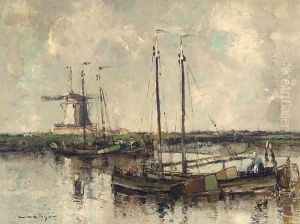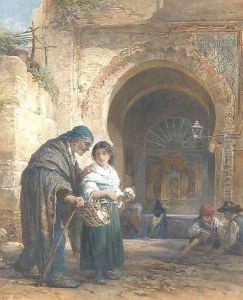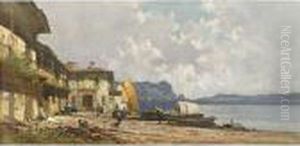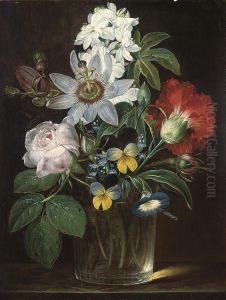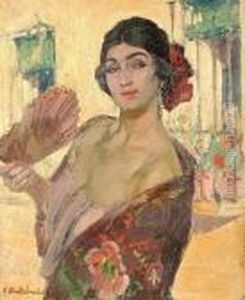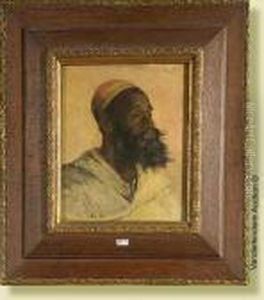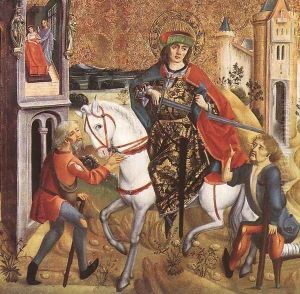





Saint Martin and the Beggar (1) c. 1490
-
About Reproduction
Discover the allure of art with our faithful reproduction of "Saint Martin and the Beggar (1) c. 1490", originally brought to life by the talented Hungarian Unknown Masters. Unlike posters or prints, our hand-painted oil painting breathes an unique sense of depth and texture into your space. Every detail, every stroke, and every texture is meticulously recreated, paying the perfect homage to Hungarian Unknown Masters and his artistic vision.
Owning this piece is more than just decoration - it's a statement of your refined taste in art. Let the vibrant colors and intricate details of this replica serve as a daily reminder of the beauty in our world. Elevate your decor and appreciate the richness of art with our replica of this masterpiece.
-
Painting Description
"Saint Martin and the Beggar (1)" is a notable painting created around 1490 by an unidentified Hungarian artist, often referred to as one of the Hungarian Unknown Masters. This artwork is a significant example of late medieval religious art in Hungary, reflecting the region's artistic trends and devotional practices during the late 15th century. The painting depicts the well-known Christian legend of Saint Martin of Tours, a Roman soldier who became a bishop and is venerated for his acts of charity.
In the scene, Saint Martin is shown on horseback, in the act of cutting his military cloak in half to share it with a scantily clad beggar. This moment captures the essence of Christian charity and humility, themes that were central to the religious and cultural milieu of the time. The beggar, often interpreted as Christ in disguise, underscores the moral lesson of the narrative, emphasizing the virtues of compassion and selflessness.
The composition of "Saint Martin and the Beggar (1)" is characterized by its detailed and expressive figures, which are rendered with a keen attention to the textures of clothing and the naturalistic portrayal of human forms. The background, though less detailed, provides a contextual setting that enhances the narrative without detracting from the central figures. The use of color and light in the painting is indicative of the period's stylistic tendencies, with a focus on creating a sense of depth and realism.
This painting is part of a broader tradition of Saint Martin iconography, which was particularly popular in medieval Europe. The story of Saint Martin was widely depicted in various forms of art, including frescoes, manuscripts, and stained glass, reflecting the saint's widespread veneration. The Hungarian Unknown Masters, though not individually recognized, contributed significantly to this tradition, and their works provide valuable insights into the artistic and cultural history of Hungary during the late Middle Ages.
"Saint Martin and the Beggar (1)" is preserved as an important cultural artifact, offering a glimpse into the religious life and artistic achievements of its time. It remains a subject of study for art historians and scholars interested in medieval art, religious iconography, and the history of Hungarian art.
-
Lead Time & Shipping
When you order this oil painting replica, it typically takes 2-3 weeks to paint. If the artwork is more complex, it might need a little more time to ensure the best quality. Once it's ready, we'll send you a photo for your approval. After you give the green light, we'll ship it to you for free.
-
Return & Refund
We believe in the quality of our hand-painted oil painting reproductions, and your satisfaction is our priority. If for any reason, you are not completely satisfied with your purchase, we offer a 45-day return policy. You can return your artwork within 45 days of receipt and receive a full refund. Please note that the artwork must be returned in the original packaging and in the same condition as it was received.





